Posts Tagged: Thomas Scott
Battling Dengue at a Field Station in Iquitos, Peru
UC Davis epidemiologist Amy Morrison knows Iquitos, Peru, like the back of her hand. Travelers know Iquitos as the "capital of the Peruvian Amazon" but scientists know it as a hot spot for dengue, a mosquito-borne viral disease with raging outbreaks in...
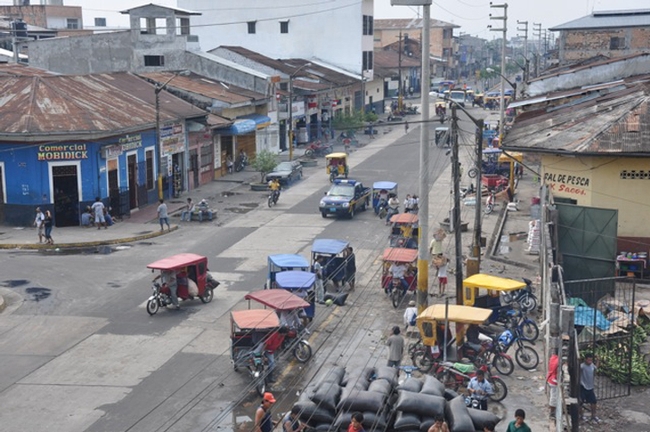
This is Iquitos, Peru, known as the "capital of the Peruvian Amazon." Scientists know it as a hot spot for dengue. (Photo courtesy of the Thomas Scott lab)
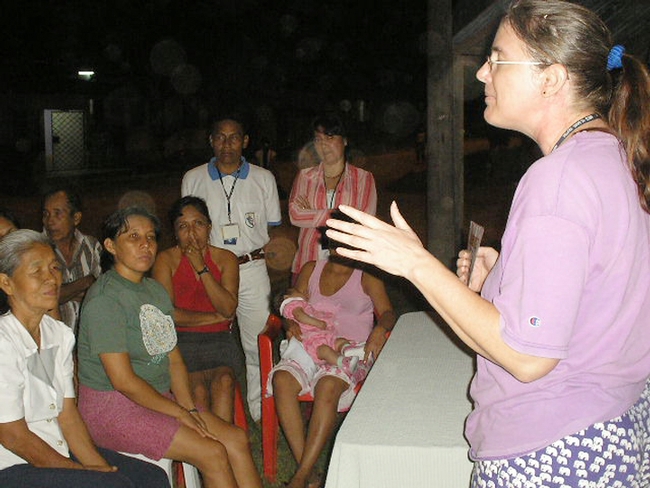
UC Davis epidemiologist Amy Morrison discusses dengue with Iquitos residents.
Dengue: Yes, You Can Get It Again
Medical entomologists are learning more and more about Aedes aegypti, the daytime-biting mosquito that prefers human blood. The mosquito transmits the Zika virus, currently "the" hot medical topic. But it also transmits dengue, yellow fever and...
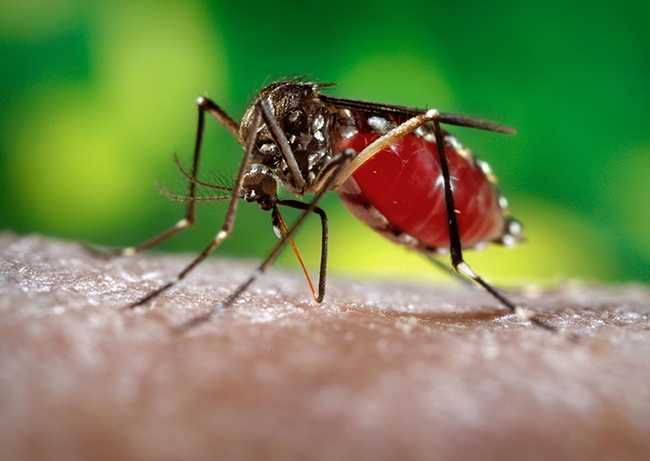
Aedes aegypti, the daytime-biting mosquito that prefers human blood. (CDC Photo)
Mosquitoes Take the Spotlight: Front Line and Center
Mosquitoes will take the spotlight, front line and center, this month. On Wednesday, April 8, Regents Professor Michael Strand of the University of Georgia, Athens, and internationally recognized for his research on parasite-insect host interactions,...
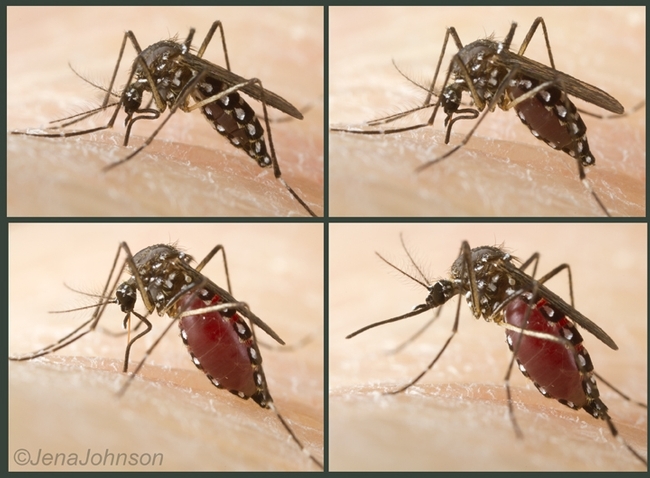
Aedes aegypti feeding on its host. (Photo by Jena Johnson)
It's Like Winning the Triple Crown
It's like winning the triple crown. The Pacific Branch of the Entomological Society of America (PBESA) has announced that two distinguished professors and a graduate student from the Department of Entomology and Nematology, University of California,...
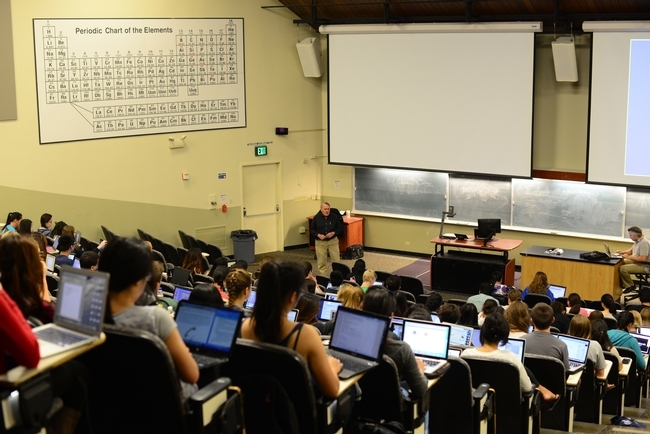
James Carey teaching a UC Davis chemistry class “how to make one-minute videos on the properties of the elements in periodic tables.” The result: 540 one-minute videos, probably a world record. (Photo by Kathy Keatley Garvey)
Global Burden of Dengue
Don't ever underestimate the threat of dengue. The mosquito-borne viral disease known as “breakbone fever,” is three times more prevalent than originally thought, according to a research paper published today...

Professor Thomas Scott, a worldwide expert on dengue, is pictured in Kenya.

Global dengue risk. Areas in red indicate high risk for dengue occurrence while green areas indicate low risk. (Map courtesy of Jane Messina)

